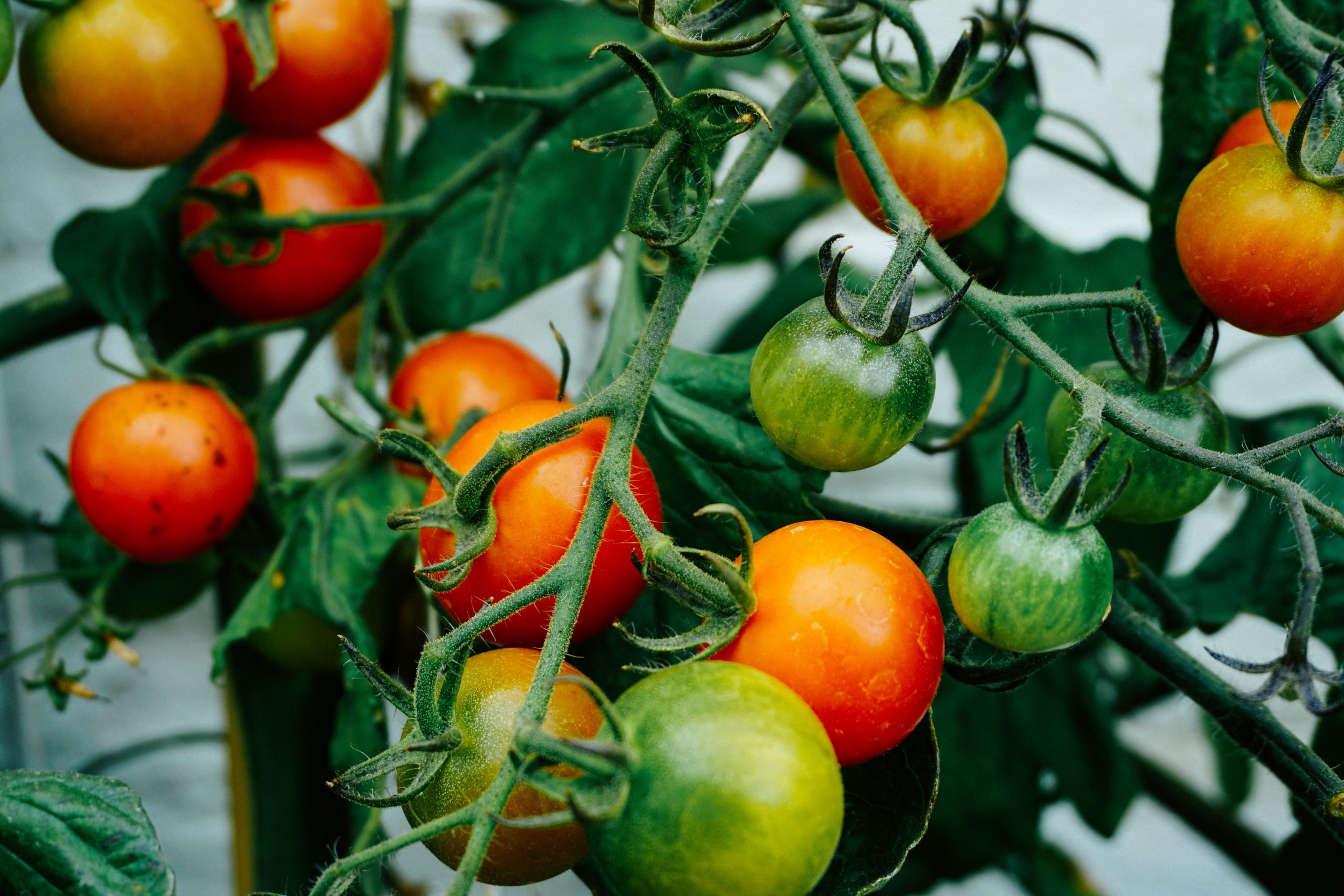
A Guide to Edible Plant Parts
We eat different plant parts every day, from fruits and vegetables to hearty grains to sunflower seeds as snacks. Plants are amazing teaching tools, so let’s explore all the edible parts of plants!

We eat different plant parts every day, from fruits and vegetables to hearty grains to sunflower seeds as snacks. Plants are amazing teaching tools, so let’s explore all the edible parts of plants!
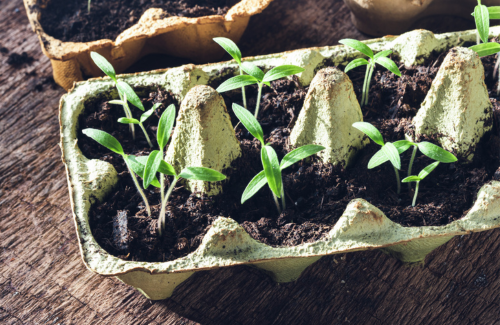
Spring has sprung, which means now is the perfect time to start a classroom garden! Learn how to get your garden growing with minimal resources while engaging students with hands-on learning.
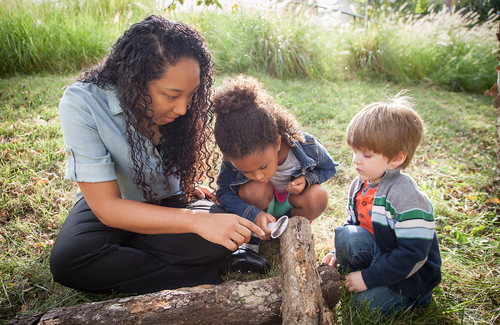
Explore PLT resources to help you teach students about the environment, whether you’re new to teaching or looking for new environmental education resources to explore! PLT provides easy-to-teach, hands-on activities suitable for various settings, and a range of resources to support and mentor new educators.
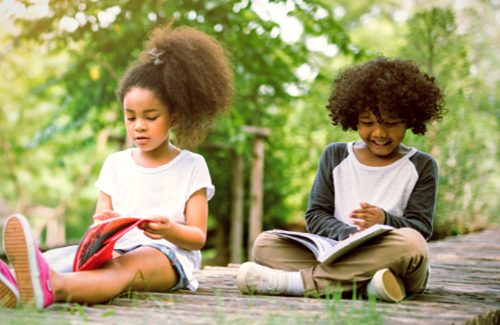
As the days stay sunny for longer, summer can be the perfect time for kids and adults to relax under their favorite tree and catch up on their reading lists. Explore some of our favorite all-ages books about forests and trees to connect with the natural world!
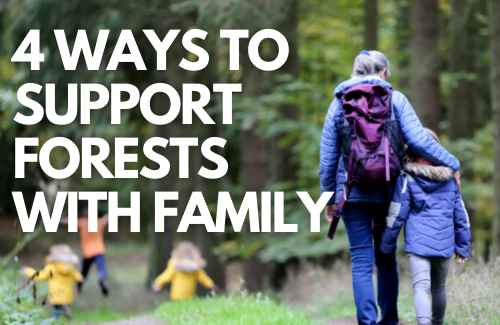
All children should have the opportunity to learn about and enjoy forests with the grownups who love them. Here are some ideas for families.
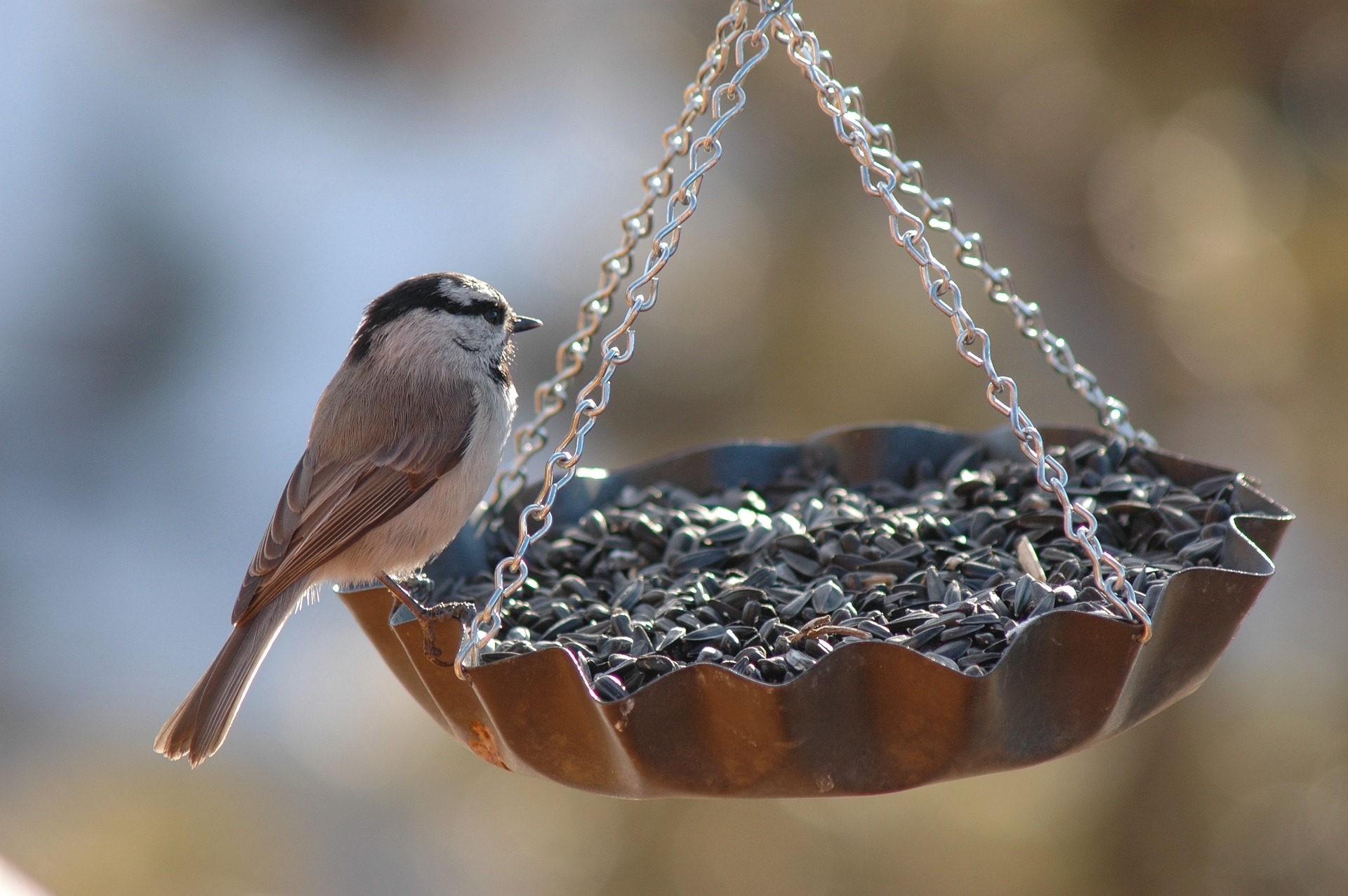
Engage kids in outdoor learning with a variety of fun, hands-on bird feeder projects featuring recycled and natural materials.
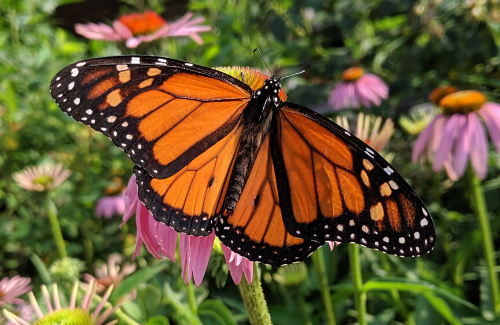
From planting native flowers, learning about plant-animal mutualism, and even building bat houses, there are so many hands-on ways for students of all ages to help promote and protect our pollinators.
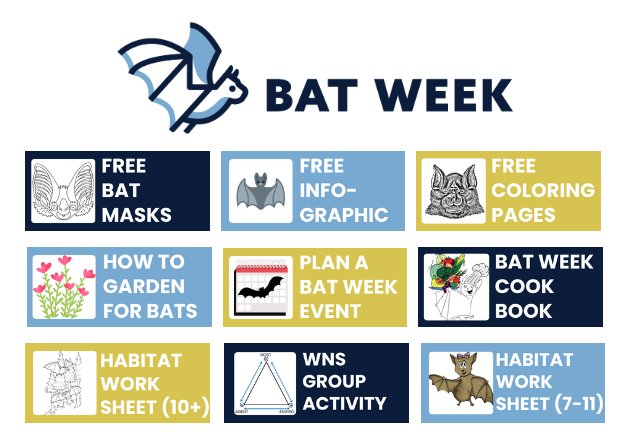
By Jennifer Byerly
Bat Week is Oct. 24-Oct. 31! Use this national event (timed with Halloween) to teach kids about the important role bats play as insect eaters, pollinators, and seed spreaders. To celebrate, we’ve gathered some free downloadable activities, arts and crafts, writing prompts, and other projects for all ages to learn about bat conservation.

Plants help protect insects, and insects help plants pollinate and disperse seeds. Learn about some specialized symbiotic relationships that benefit both organisms involved.
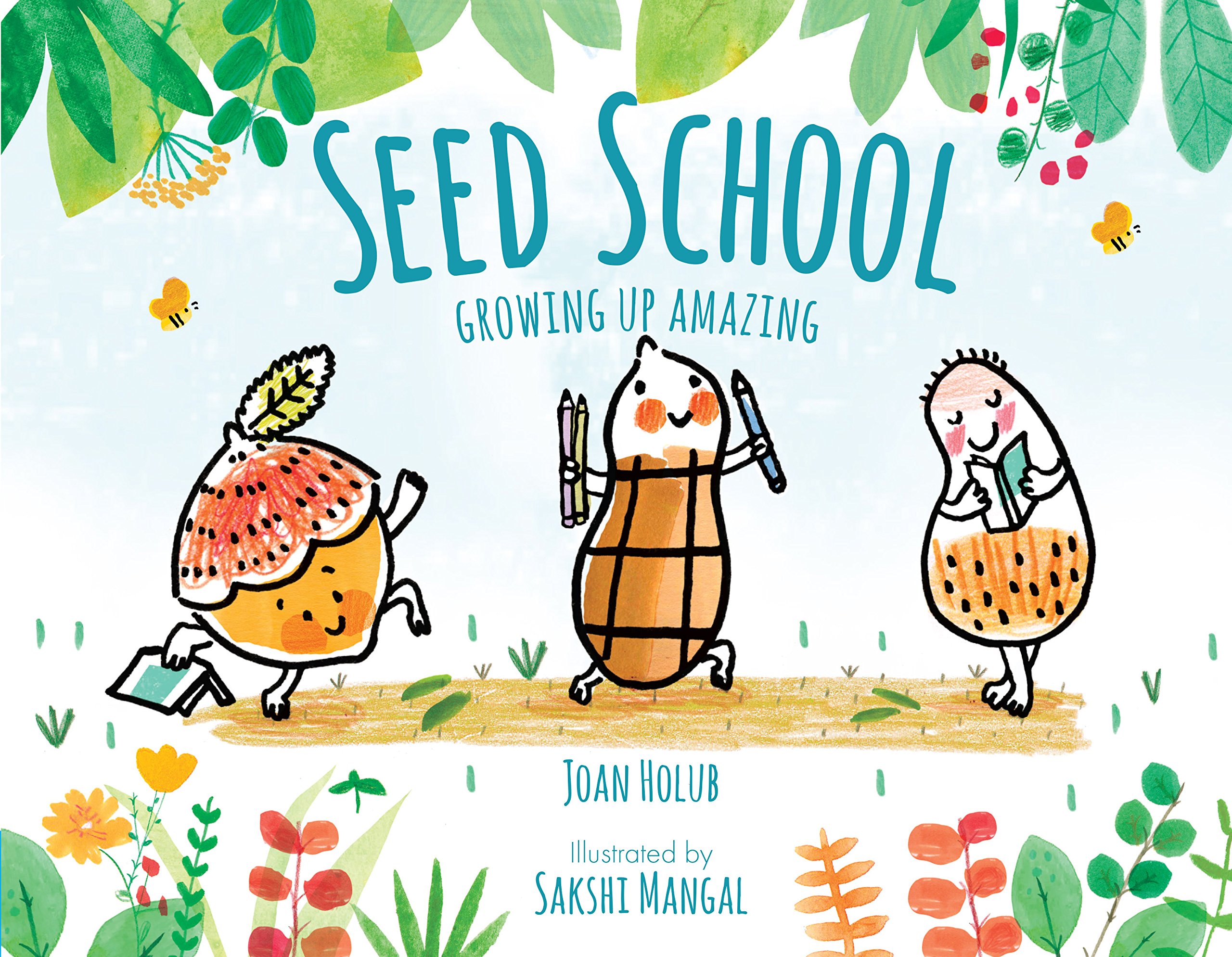
A lost seed with a funny looking hat helps young children learn not only about seed science but also important lessons about diversity and difference.